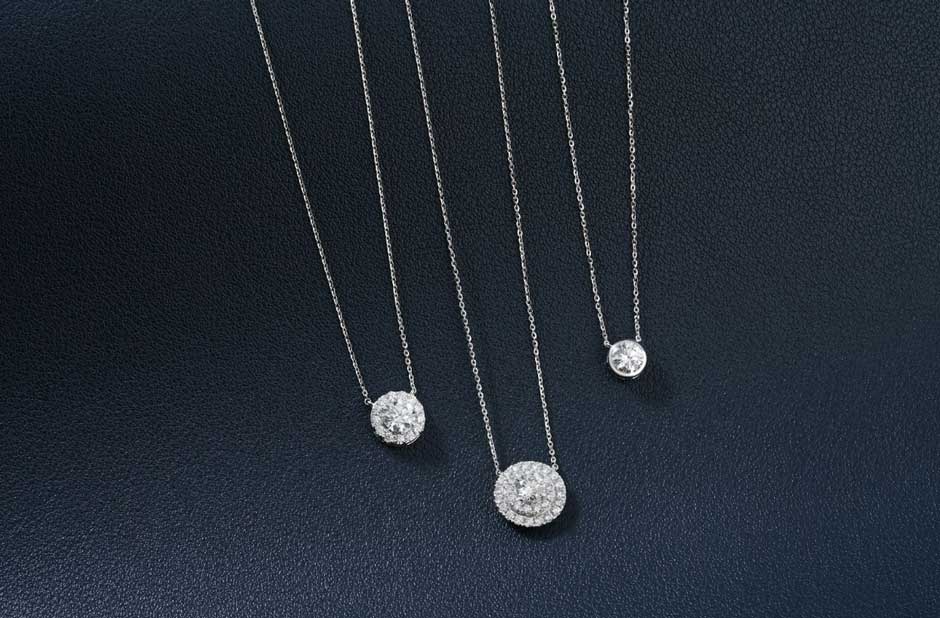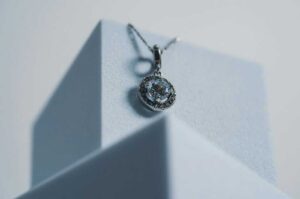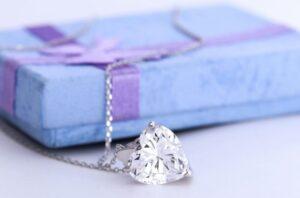Diamond Pendants 101: How to Choose the Perfect One for You

A diamond pendant looks simple – one stone, one chain. But the details decide everything: how it sits, how it shines, and whether it becomes a piece you wear daily or just for special occasions. Picking the right one isn’t complicated, but a little guidance makes the choice far easier.
That’s especially true today, with more options than ever – from traditional mined diamonds to the many creative lab-diamond pendants now available. Knowing what to look for means you’ll choose a pendant that feels personal, versatile, and worth wearing for years.
1. Choose the Stone
The diamond is the centre of the piece, and it’s only natural that its shape changes the overall aesthetic:
- Round brilliants: classic sparkle, timeless appeal.
- Ovals: elegant, modern, and often appear larger than they are.
- Emerald cuts: clean lines, flashes of light, a sophisticated look.
- Pears: directional and bold, great if you want something distinctive.
- Hearts: playful, romantic, and chic when set simply.
The same carat weight looks different across cuts: a one-carat oval can appear noticeably larger than a one-carat round, while an emerald cut seems more understated. Trying on different shapes is the best way to see how each sits on your neckline. The right one feels natural – it doesn’t just look good, it feels like it belongs to you.
2. Pick the Setting

Second, the setting shapes how the diamond is seen:
- Prongs: minimal, keep the focus on the stone.
- Bezel: surrounds the diamond in metal, secure and sleek.
- Halo: adds a ring of smaller stones for extra sparkle and size.
- Floating: gives the illusion of the stone sitting directly on the chain.
Settings don’t change the diamond itself, but they completely shift the impression. A prong setting reads traditional, a bezel looks contemporary, and a halo instantly turns up the volume. If you’re planning to wear the pendant daily, durability matters as much as aesthetics – bezels and low-profile prongs are practical choices that don’t catch on clothing.
3. Get the Chain Right
The chain isn’t just an accessory; it carries both weight and style.
- 16 inches: sits high near the collarbone, great with open necklines.
- 18 inches: the most versatile length for everyday wear.
- 20–24 inches: more relaxed and dramatic, perfect for layering.
Style matters too: cable chains are classic, box chains look sharper, wheat chains add subtle texture. Too thin and it may break, too thick and it overshadows the stone. Choose one that feels balanced in the hand, and if you’re planning to layer it, pick a chain that won’t tangle easily with others.
4. Choose the Metal That Suits You
The colour of the metal frames the diamond.
- Yellow gold: warm, traditional, pairs well with vintage-inspired settings.
- White gold or platinum: cool, modern, enhances brilliance.
- Rose gold: soft, contemporary, and flattering on most skin tones.
Mixed metals are also worth considering – pairing, for example, a white gold chain with a yellow gold bezel. It creates contrast and makes the pendant look more individual. Pay attention to durability too: platinum resists wear better than gold, while white gold often requires re-plating over time.
5. Find the Right Scale

Size is personal, but proportion matters. Smaller pendants feel delicate and layer easily. Larger stones stand out as statements.
A very small diamond on a long chain can look lost, while a large stone worn close to the neck may feel overwhelming. Trying on combinations is the quickest way to see what works. Consider your wardrobe too: if you love layering fine chains, a smaller pendant blends in better; if you prefer wearing one bold piece, go larger.
Think about comfort as well – a pendant that feels too heavy is one you’ll eventually stop wearing.
6. Think About the Wear
Ask yourself when you’ll wear it most. Some pendants are everyday companions, easy to slip on without thought. Others are best kept for evenings or events.
A single diamond on a fine chain adapts to almost anything, from office wear to evening dinners. A halo or multi-stone design feels more decorative and often works best as occasion jewellery. If you want one pendant that works everywhere, mid-sized solitaires in simple settings usually strike the balance. It helps to picture your daily routine – the right pendant should fit naturally into it.
7. Don’t Forget Lab-Grown Options
Today, many buyers are choosing lab-diamond pendants for both value and sustainability. They’re identical in look and durability to mined stones, but created above ground. That means the sparkle is the same, but the footprint is smaller and the price is often more approachable.
This gives you flexibility: maybe you go for a larger carat size, or choose a setting with more diamonds without stretching the budget. For many, it’s less about compromise and more about freedom – the ability to buy the piece you really want. It’s one of the rare cases where you don’t have to trade beauty for practicality.
8. Add Personal Details
The best pendants feel individual. Small adjustments make a big difference.
You might engrave a date or initials on the back, add a hidden birthstone inside the setting, or shorten the chain so it sits exactly where you like. These touches don’t change the pendant’s overall look, but they make it unmistakably yours.
A thoughtful detail turns it from a necklace you own into a piece you connect with. Those subtle choices often become the most meaningful part of the design.
Closing Thoughts
A pendant might look like the simplest piece of jewellery you’ll ever buy, but the details are what turn it into a favourite. The shape of the stone, the chain length, even the metal you choose – they all change how it feels when you wear it.
The right one doesn’t need second-guessing. You put it on, it sits just right, and before long it’s the necklace you can’t imagine not wearing. That ease is the real test – a pendant should feel like it belongs to you from the very first wear.


